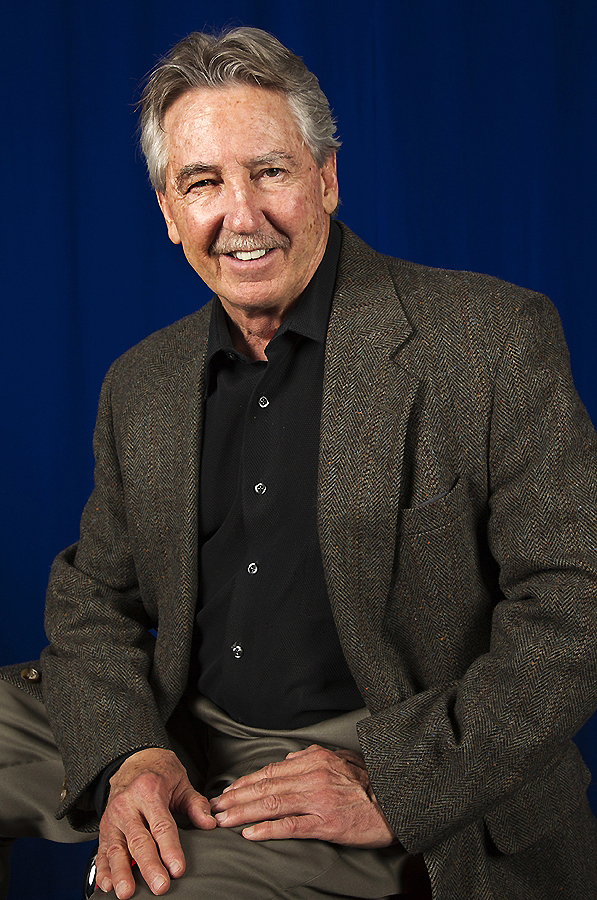 Basil Swanson. Courtesy/LANL
Basil Swanson. Courtesy/LANL
LANL News:
- Symposium at AAAS Chicago conference on the ‘Interface of Biological, Physical, and Information Sciences’ for biosurveillance
A team of national experts across varied disciplines are gathering today in Chicago, prepared to explore the most critical aspects of international disease awareness.
Convened during the American Association for the Advancement of Science (AAAS) annual meeting, its organizer Basil Swanson of Los Alamos National Laboratory noted, “It is absolutely essential that nations are able to quickly detect and characterize a biological threat affecting human, animal or agricultural health. Thus the need to gather these internationally recognized specialists and explore potential pathways for scientific advancement.”
He said, “Detection and characterization enables lives to be saved and offers improved outcomes in various scenarios such as the purposeful release of a biothreat agent, an emerging infectious disease outbreak, pandemic, environmental disaster, or food-borne illness.”
In July 2012, President Obama signed the first ever National Strategy for Biosurveillance that builds from existing capabilities and galvanizes U.S. efforts to identify and understand biological threats.
Although focused on disease and pathogen surveillance in the continental U.S., the strategy recognizes the global importance of biosurveillance. The ultimate goal of the U.S. biosurveillance enterprise is the continuous collection and synergistic analysis of data from many disparate sources and the dissemination of actionable information followed by timely decision-making.
The symposium, “Bio-Surveillance: The Interface of Biological, Physical, and Information Sciences,” discusses current U.S. and international disease surveillance approaches and the three critical challenges of improved diagnostics, predictive and epidemiological modeling and data integration and analysis for decision support. Speakers will discuss the innovation and discovery needed to realize a successful bio-surveillance enterprise capable of capturing early warning signs and guiding public health decisions.
- When: Monday, 17 Feb., 9:45 a.m. to 12:45 p.m. Central Time
- Where: Hyatt Regency Chicago, Grand Ballroom F
Biosurveillance symposium speakers:
Jason J. Paragas, Lawrence Livermore National Laboratory
Science and Technology Challenges to Realize the National Biosurveillance Strategy
Alina Deshpande, Los Alamos National Laboratory
Selecting Essential Information for Biosurveillance
Chris Dye, World Health Organization (WHO)
Surveillance by WHO: What, When, How and Why?
David Walt, Tufts University
Present Capabilities and Future Prospects for Bio-Surveillance Diagnostics
Malik Peiris, University of Hong Kong
Zoonotic Diseases and Global Viral Pandemics

